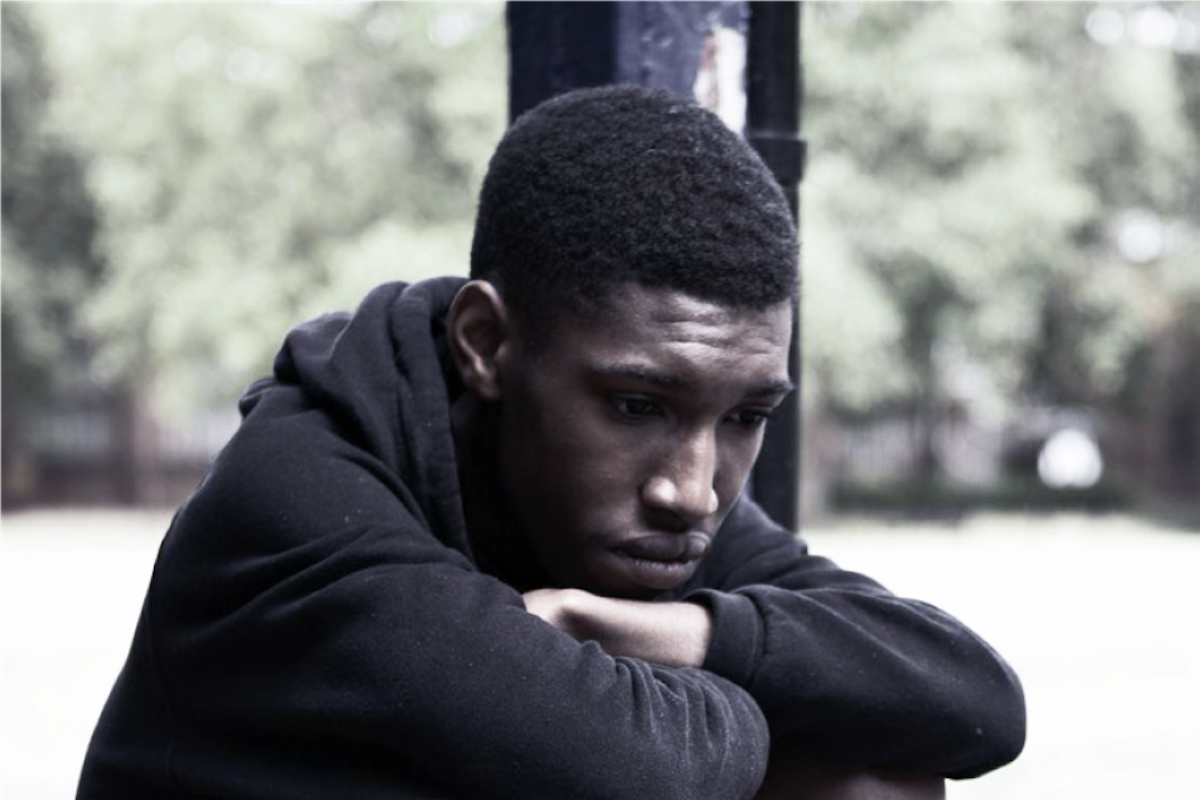[dropcap]From[/dropcap] 2001 to 2015, the suicide risk for Black boys between the ages of 5 and 11 was two to three times higher than that of White boys, according to a new research letter in JAMA Pediatrics (Bridge, 2018). This concerning trend continues through adolescence as reported by the Nationwide Youth Risk Behavior Survey (Kann et al., 2017). The rates of attempted suicide, including attempts that resulted in an injury, poisoning, or overdose, are 1.2x higher among Black males compared to White males. [mc4wp_form id=”6042″]
These persistent trends are enrooted in life expectancy disparities that Black boys face. The APA Working Group on Health Disparities in Boys and Men recently released a new report on Health Disparities in Racial/Ethnic and Sexual Minority Boys and Men, which includes a review of research which may help to explain this increase in suicide in Black boys.
Recent national conversations on suicide have gone past the usual “reach out if you need help” messages to encouraging friends and family to reach out to individuals that they think might be suicidal or struggling with depression. This is undoubtedly important, but to do this, people need to know what depression looks like. According to the APA report, even professional health care providers have trouble detecting depression among racial/ethnic minority patients. Men from these groups are diagnosed with depression less often than non-Hispanic white males, and depression may also present itself differently in males as irritability, anger, and discouragement rather than hopelessness and helplessness.



You must be logged in to post a comment.